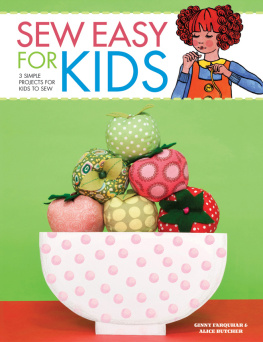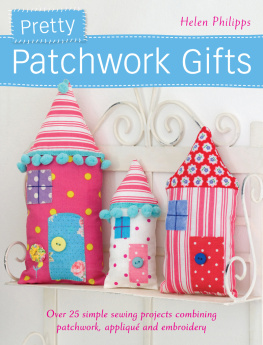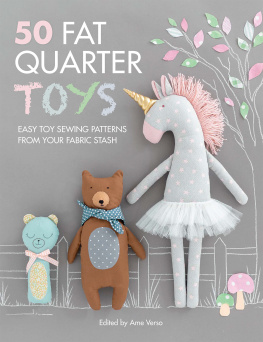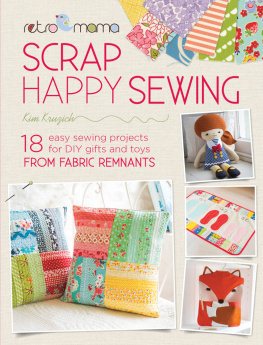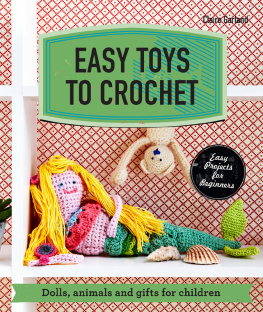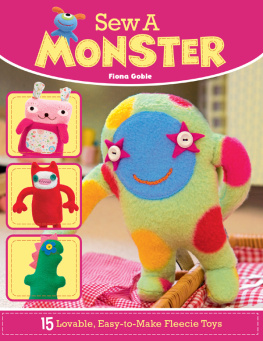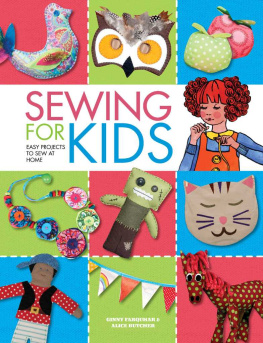


Contents

Introduction

The simplest toys are often the embodiment of happy childhood playtimes. Costumed rag dolls make the best guests at an afternoon tea party, while an easy-going stuffed animal in tow can be a loyal best friend at the playground. And embracing a favourite teddy makes for the safest and most comforting experience during naptime.
As a child, I was surrounded by toys. From a rag doll with missing stuffing to a bear whose fur had been worn away, my dearest companions may not have been in the most pristine condition, but they provided me with hours upon hours of amusement and I loved them all the same. Though I grew older and my interests broadened, I soon discovered that creating my very own toys was as much as fun as playing with them.
With Toys to Sew, Ive designed a collection of dolls for children and adults alike by drawing inspiration from the dolls and stuffed animals of my childhood. Whether the doll is patched up or the animal boasts an odd-buttoned eye, each toy has its own personality and plenty of character to become a cherished lifelong pal. Everyone can enjoy working fabric into toys that will be adored forever.
This whimsical collection features dolls and toys that will appeal to children of all ages. Shell find plenty of entertainment playing dress up with the dolls and wardrobes from the first chapter. Youll also find a delightful assortment of toys in the Animals & Nursery Toys chapter. A floppy-eared pink elephant and an old-fashioned teddy bear make endearing playtime pals. And for your wee cowboy? The wild, wild West wouldnt be quite the same without a patchwork hobby horse. Furthermore, if youre new to the sewing process, simple projects such as the Bears in Waistcoats and the Retro Tea Set are ideal for beginners.
I loved playing with toys when I was child and I love sewing them for my children as an adult. Many of these toys are designed to entertain and amuse your children for years to come. Its always meant a great deal to have sewn something myself and I hope the toys you create from this book provide you and the children in your life with as much enjoyment as they have for me and my little ones.

Before You Begin

Basic kit
For each of the projects you will need a basic kit. Each toy has a pattern and to use these, you will need a pencil, paper, carbon paper and a water-soluble fabric marker or air-erasable fabric marker. You will also need a needle (or sewing machine) and thread in appropriate colours for sewing the toys and garments. The basic kit is not listed in each individual project.
How to enlarge patterns and designs
Turn to the pattern . Most pieces are printed as a scaled-down version in order to fit the page. To enlarge them to the correct size, simply photocopy the pattern using the enlargement button on the photocopier. Enlarge to 200% unless specified otherwise in the project. Place the templates on the wrong side of the fabric and draw around them.
Transferring patterns and markings to fabric
For heavy fabrics and coloured or patterned cottons, place carbon paper between the pattern and the wrong side of the fabric. Trace over it with a pencil or tracing wheel. Alternatively, cut out the pattern pieces and draw around them with a water-soluble fabric marker. Then mark the dots and other features with the carbon paper. Employ this method for transferring shapes for patchwork piecing.
For lightweight fabrics, trace the design using a water-soluble fabric marker. Tape the pattern piece to a window (in daylight) or a light-box. Place the fabric over it, right side up, and trace the lines on to the fabric.
To transfer dots, darts and other placement markings to fabric, pin the pattern to the wrong side of the fabric and insert a pin at the marking. Lift up the edge of the pattern and mark the fabric with a water-soluble fabric marker.
Symbols
Small triangles indicate where you should clip notches into the seam allowance. Notches prevent a seam from pulling and making the fabric pucker.
Positional dots are to assist with matching pieces together.
Sewing
The seam allowance is 6 mm ( in), unless stated otherwise. All seams should be pinned and tacked before machine sewing or stitching by hand.
Sewing Skills
The next few pages provide information on the techniques you will need to complete the toys. The methods are easy to grasp; however, if you are new to sewing, it is advisable to start off creating simpler toys such as the Cat & Mouse Skittles.
Sewing techniques
Darts
A dart or a tapering tuck is added into the fabric to give shape to the finished article. It is marked as a large triangle with broken lines on the pattern, which is then transferred onto the fabric. With right sides together, fold the fabric along the centre of the dart matching the tapering stitch (broken) lines. Beginning at the widest part of the dart stitch up to the point. On fine fabrics, press the dart to one side. To reduce bulk on heavy fabrics such as felt, slash along the fold of the dart for about half its length, then press open with your finger.
Gathering
To gather fabric using a sewing machine, make a few parallel rows of long straight stitches, secured at one end. Pull the other end to gather, then secure it to hold the gathers. To gather fabric by hand, make one or two rows of small running stitches, about 36 mm ( in) long, by knotting one end of the thread and pulling the other end to gather.
Clipping seam allowance
Curved seams should be clipped so that they will lie flat. After sewing, clip the seam allowance on both pieces of fabric to about 3 mm ( in) from the stitching. Clip about every 2.5 cm (1 in), depending on the tightness of the curve. Tight curves will need clipping more frequently. Outer curves should be notched clip a triangle out of the seam allowance. Clipped seams should be pressed open or pressed to one side.
Hemming corners
To reduce bulk at the corners of a hem, press the hem, then open it out at the corner and cut diagonally across the corner 3 mm ( in) from the allowance. Turn the diagonal edge under to the wrong side. Refold the hem. The diagonally folded edges should meet edge to edge forming a neat 45 angle at the hem edge. Slipstitch the mitred edges together, then stitch close to the inner edges of the hem.
Hand-sewing
Backstitch
Use for sewing strong seams or for attaching trims by hand. Bring the needle up from the underside of the fabric and insert it about 3 mm ( in) behind the point at which the thread came out. Bring the needle out about 3 mm ( in) in front of the starting point. Continue in the same manner.
Next page
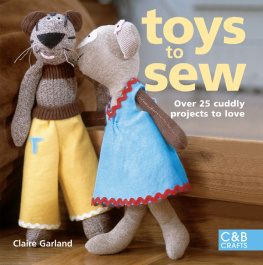
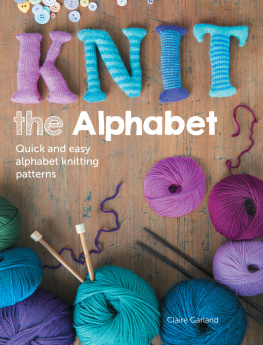
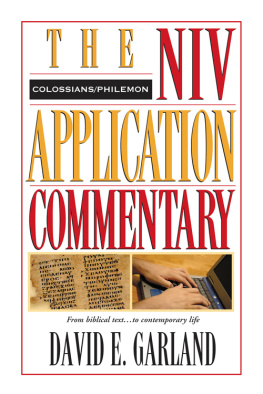
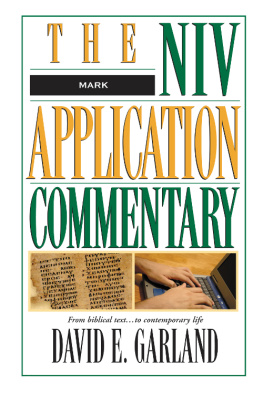
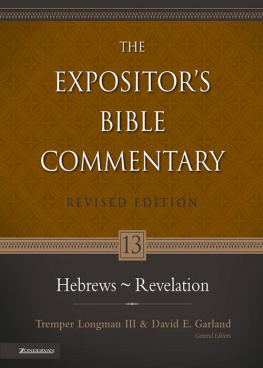
![Garland - Willie Stargell [eBook - Biblioboard]: A Life in Baseball](/uploads/posts/book/173641/thumbs/garland-willie-stargell-ebook-biblioboard-a.jpg)

